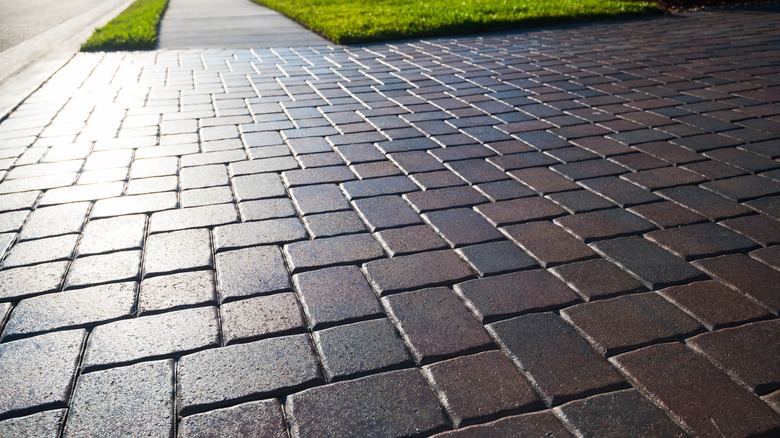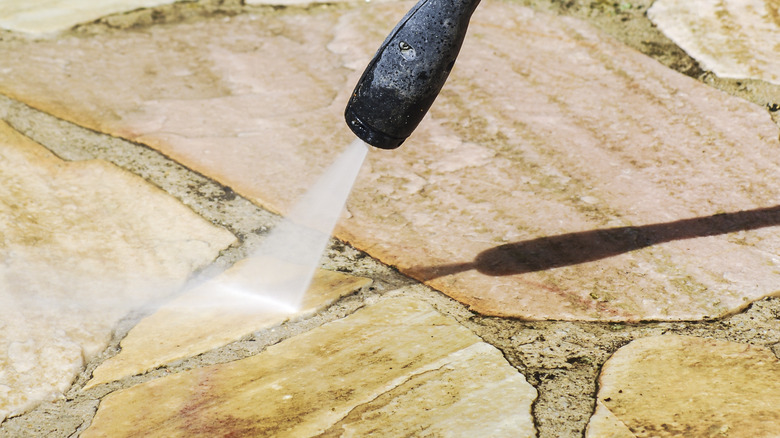The Best Way To Apply Paver Sealer To Your Patio Or Driveway
Have you decided that you need to seal your driveway or patio pavers? Applying sealant to the stones not only protects the stones from the elements, but also affords the surface a polished appearance and accentuates the pavers' colors. But using the traditional roller method for sealing the pavers is counterproductive, since it spreads the sand from the paver joints around, gets it trapped in the sealant, and ruins the whole aesthetic. Instead of opting for this traditional sealing approach, you should instead invest in an application sprayer and spray the sealant on.
Spraying your pavers with the liquid is the best sealing method, since you avoid moving the sand out of the paver joints. Also, spraying gives you greater control over how much of the treatment you're applying to different parts of the surface. To make this method even more effective, you should wait after installing the pavers until their inherent efflorescence (which resembles a blurry coating) fades away completely. This might take a few months, but you don't want to seal this stuff, so your patience will be rewarded. Another vital factor to consider is the weather. The ideal temperature for paver stone sealant application is roughly 75 degrees Fahrenheit, and the sprayer will work its best if you use it on a day with no, or very little, wind. With these best practices in mind, let's walk through the steps for sealing your patio or driveway pavers.
How to seal patio or driveway pavers using an application sprayer
First, you need to clean the patio pavers thoroughly. If you don't, or if you don't clean deep enough, any dirt or residue will get stuck in the sealant. Stains, in particular, will become more prominent once they're embedded in the treatment.
Once the pavers have dried after cleaning, get to work with your application sprayer. Start by applying a "flood coat" — a substantial layer of sealant that completely drenches the pavers and the joints between them. You'll have to be meticulous with this step and ensure that every part of the driveway or patio gets evenly soaked with the sealant. It's also important to treat the entire area in a single shot, rather than applying the sealant bit by bit or taking breaks in between. Otherwise, it's possible to miss some areas and inadvertently oversaturate others with multiple coats of the sealant.
Once the entire area is sufficiently soaked, you have to go over the pavers with a dry roller. This step gets rid of surplus sealant, so the gorgeous paver stones you've chosen for your driveway or patio aren't left with smears of the liquid after it dries. You'll need to let the sealant cure properly before using the paved area. Stepping on the freshly sealed pavers is sure to leave marks, and getting them accidentally wet with a rogue water sprinkler can have the same effect. Typically, it takes about two full days for the sealant to cure completely, after which time the pavers will be ready to receive foot and vehicular traffic.

